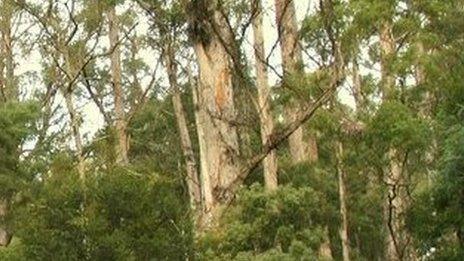What is the World Heritage In Danger List?
- Published
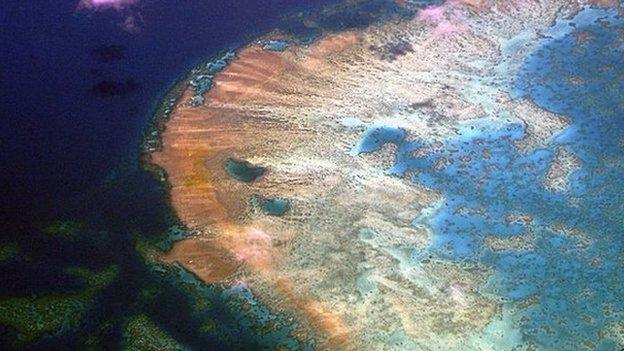
The Great Barrier Reef is one of the wonders of the natural world
The Great Barrier Reef is one of more than 1,000 places on Unesco's World Heritage List of precious environmental and cultural sites. In June, Unesco will decide if the Reef should be added to its "in danger" list. On Friday, a draft recommendation will be made about the reef's status.

Who created the list and why?
The World Heritage Convention links the concepts of nature conservation and the preservation of cultural properties. It recognises the way in which people interact with nature, and the need to preserve the balance between the two. The convention defines the kinds of natural or cultural sites that can be included on the World Heritage List.
The 191 nations that have signed the convention have pledged to conserve their World Heritage Sites.

What kinds of places are on the list?
There are 1,007 sites on the list, external, ranging from a 65m-tall minaret in the ancient Afghan city of Jam and Britain's city of Bath, to Canada's Dinosaur Provincial Park and Argentina's Los Glaciares National Park.
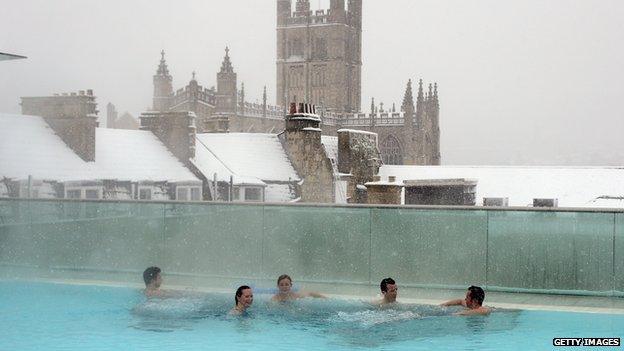
Founded by the Romans as a thermal spa, Bath developed into an elegant town still loved today
More than two-thirds of the listed sites are man-made, and include everything from monasteries, cathedrals and opera houses, to entire cities such as Graz in Austria.

What is the World Heritage In Danger List?
The committee compiles another list, external of sites it considers to be "in danger" of losing their heritage status.
This time last year, Unesco threatened to list the Great Barrier Reef as in danger, amid controversy over a plan to dump dredged sediment from a port expansion near the reef. Declining water quality, climate change and coastal development were also cited as threats to the reef's health.
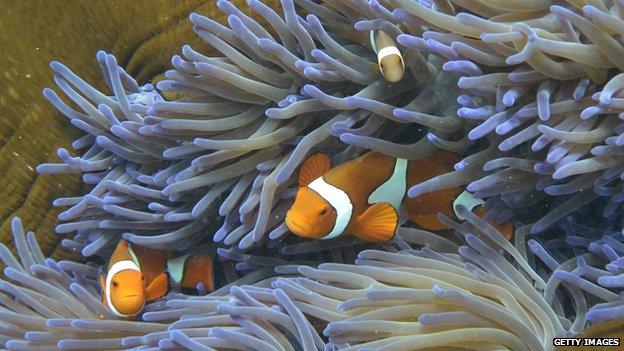
Rising sea level temperatures and port dredging are endangering the reef's marine life
The "in danger" list is designed to tell the international community about the conditions that threaten the very characteristics for which a property was added to the World Heritage List in the first place, and to encourage governments to take action to protect the sites.
A country can ask for one of its sites to be listed in order to receive help to address the threats.
For example, listing would enable the World Heritage Committee to allocate funds to help protect a site. It would also alert the international community who might contribute funds or technical expertise to save an endangered site.
If a site loses the characteristics which determined its inscription on the World Heritage List, it could be deleted from both the List of World Heritage in Danger and the main World Heritage List. To date, that has only happened twice.

How do you get off the 'in danger' list?
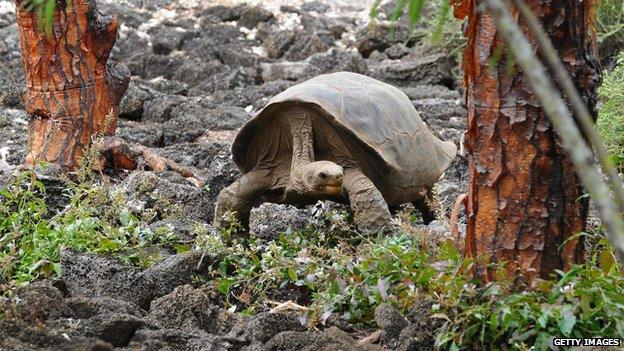
The Galapagos Islands are considered to be a unique living museum
Ecuador's Galapagos Islands Archipelago was the first World Heritage site. It was listed in 1978 for its unusual and globally unique biodiversity. But over the years, invasive species, illegal fishing and pressure from increased tourism and urban growth have put the islands and their animals at serious risk. In 2007, the Galapagos were added to the "in danger" list.
Alarmed by that decision, Ecuador devised plans to manage invasive species, curtail illegal fishing and control the number of tourists and types of tourist vessels visiting the islands.
By 2010, its efforts were enough to turn the tide on the destruction and get the islands removed from the "in danger" list.
- Published29 May 2015
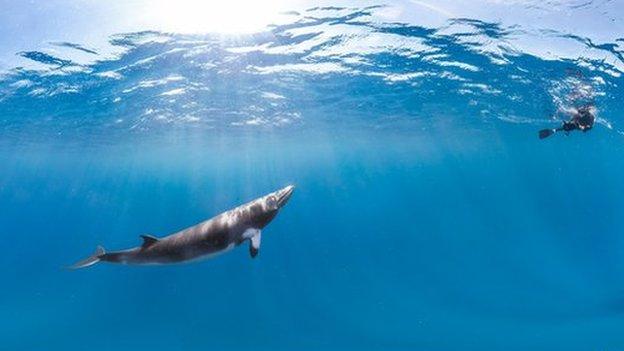
- Published29 May 2015

- Published1 May 2014
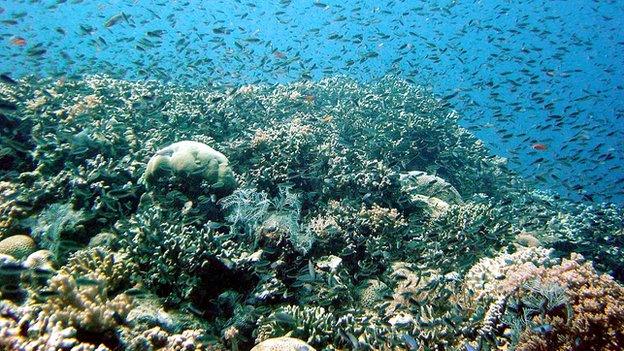
- Published15 June 2014
